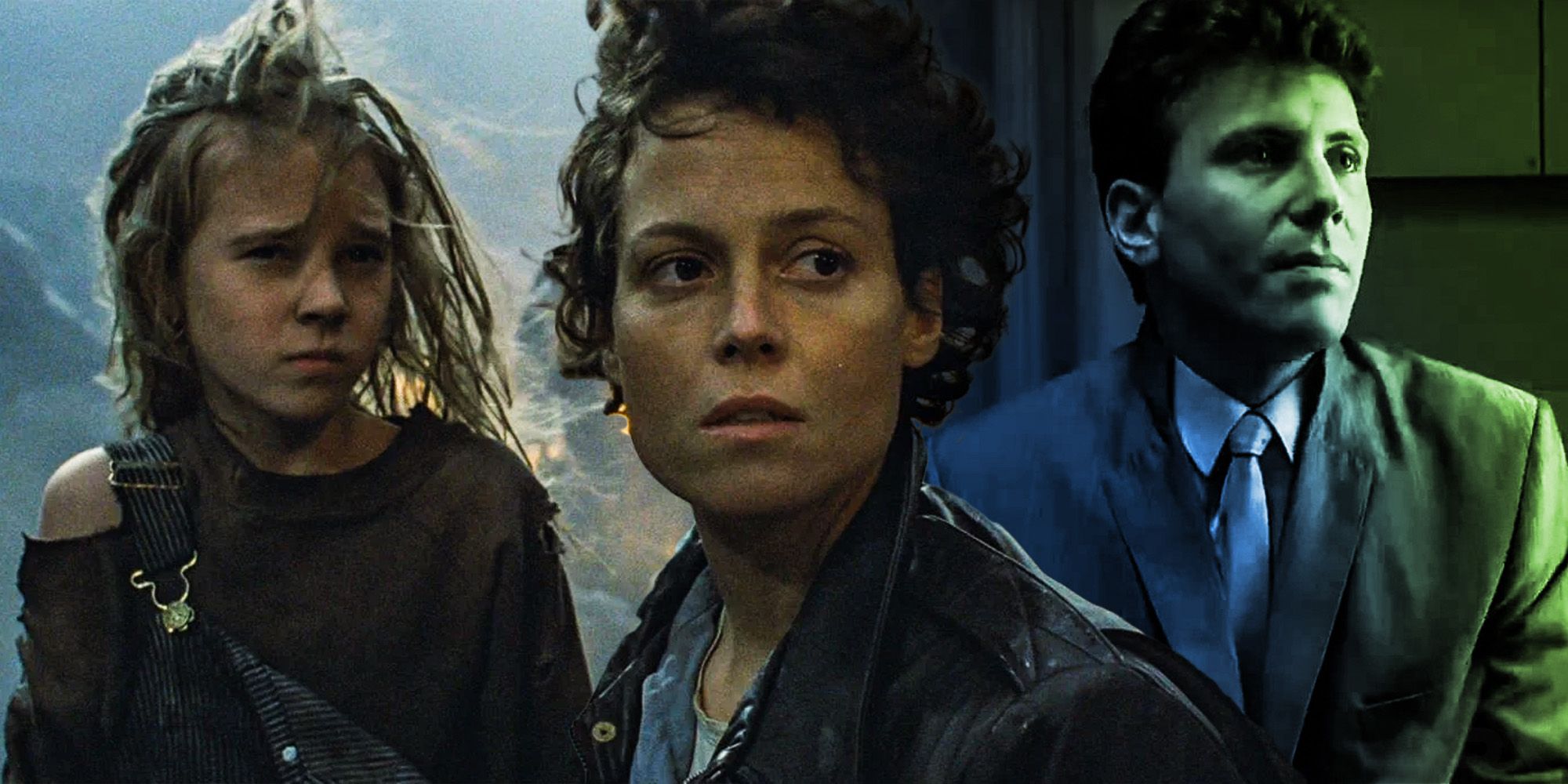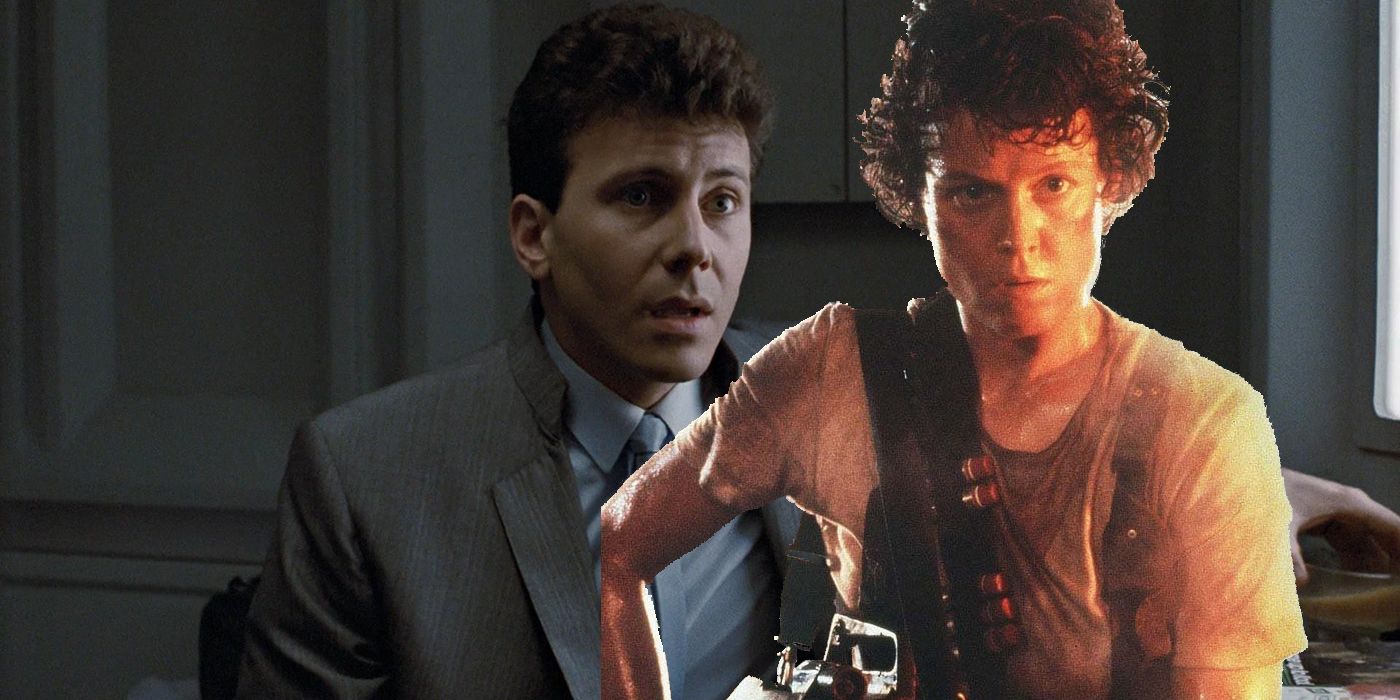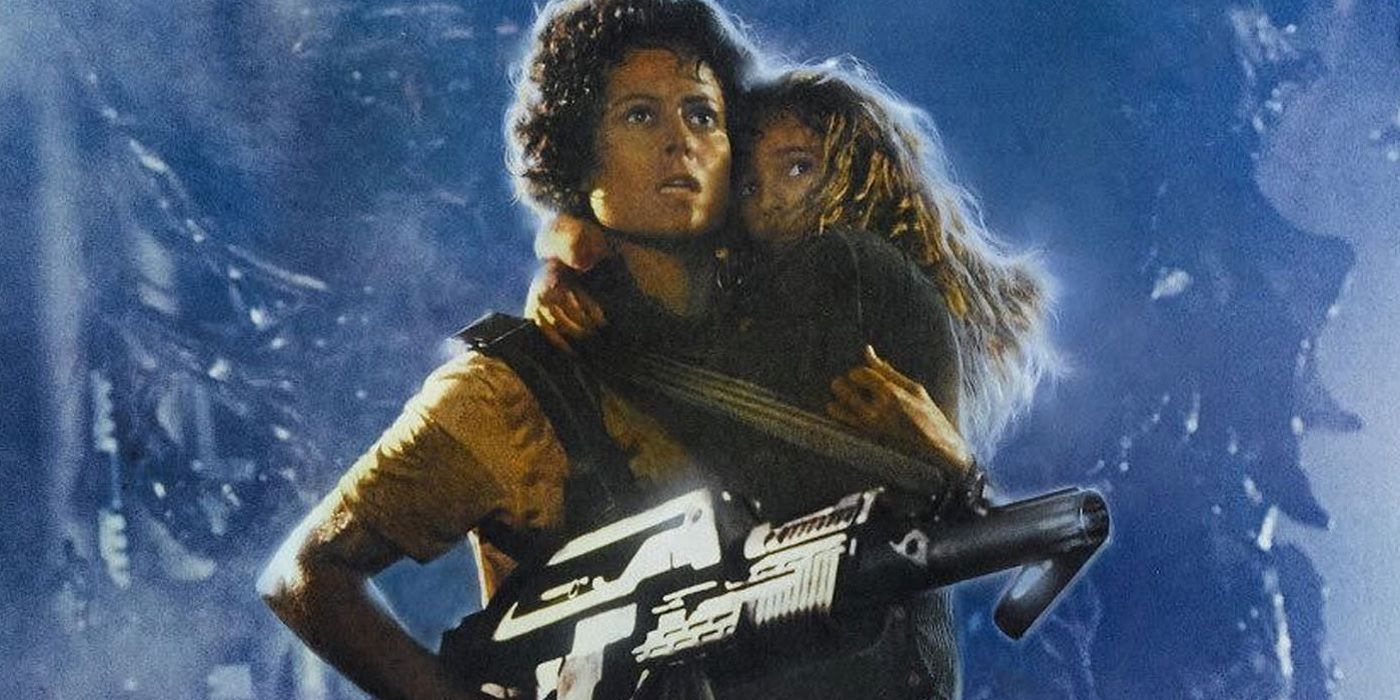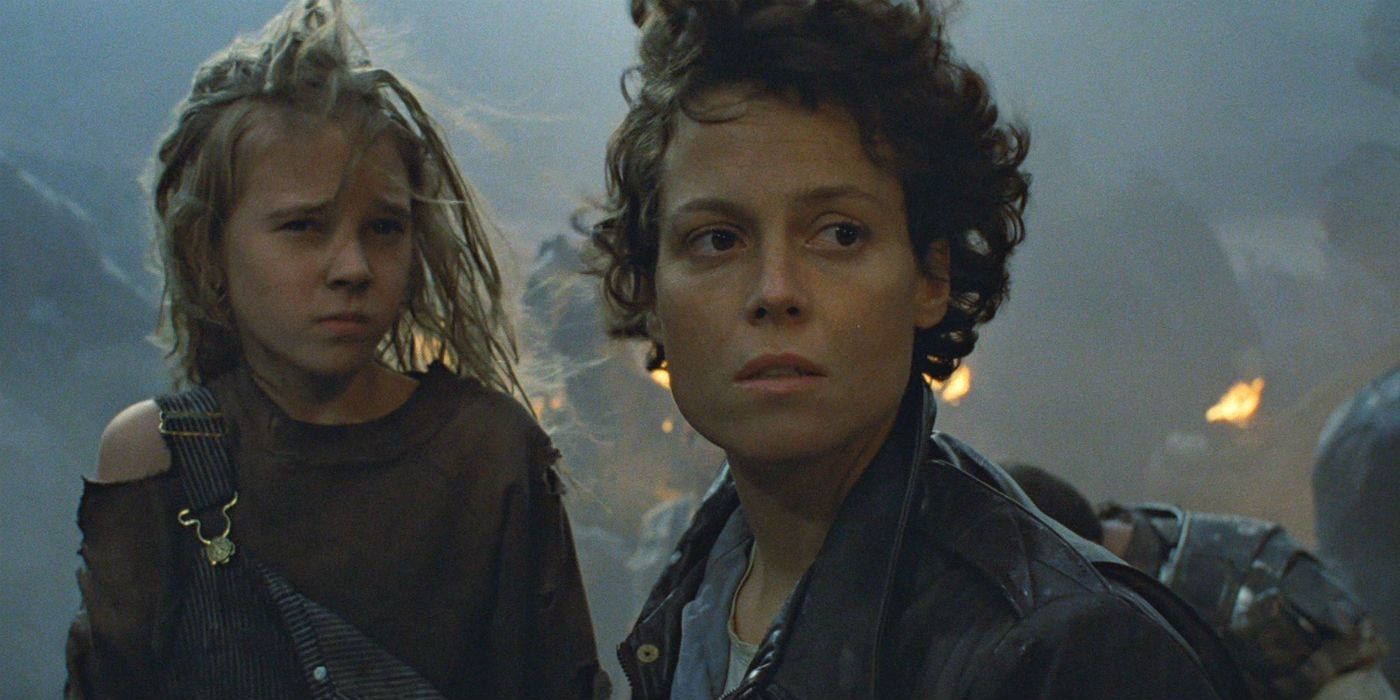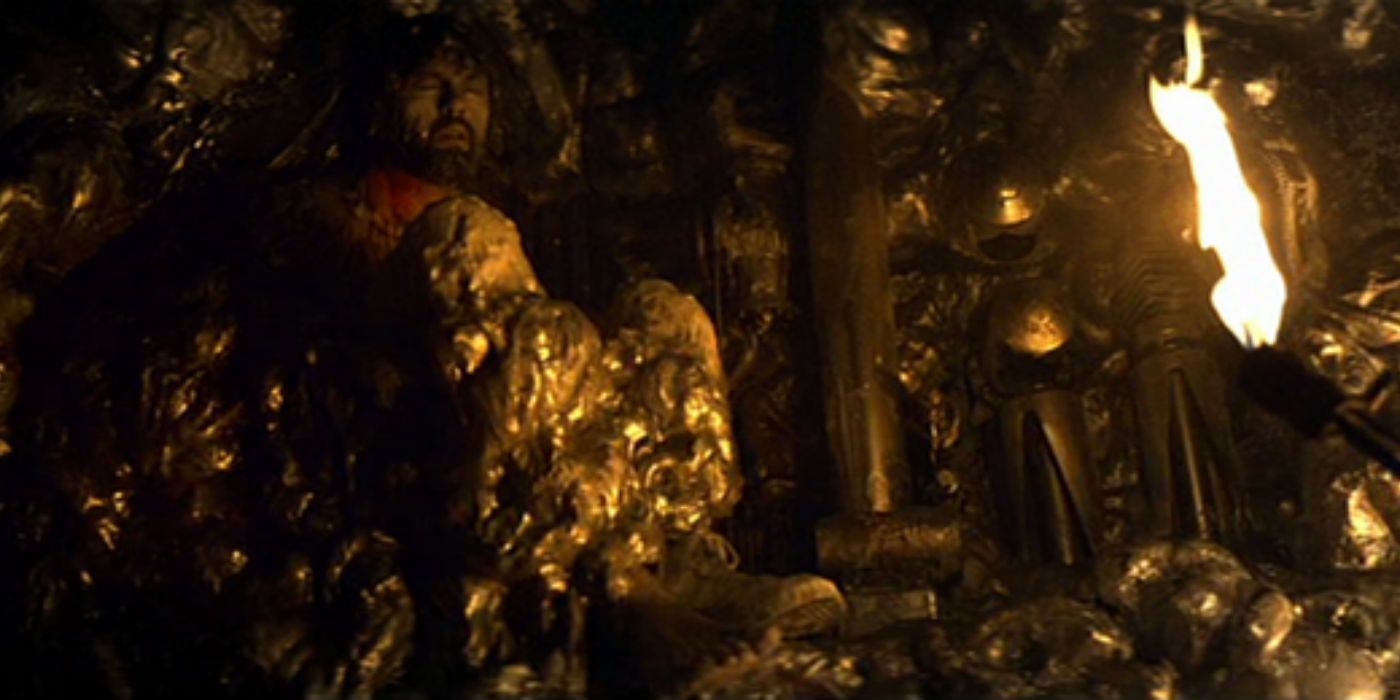Director James Cameron had to cut several scenes and ideas from the first draft of his Alien sequel, Aliens. Ridley Scott’s 1979 surprise hit Alien launched a sci-fi horror franchise, which was followed by the action-oriented gory thriller Aliens (1986), the uber-bleak claustrophobic horror Alien 3 (1992), the critically maligned Alien: Resurrection (1997), and eventually even a misguided PG-13 action thriller in 2004’s much-maligned (and still underrated) crossover Alien Vs Predator.
The first Alien sequel turned what could have been a one-off hit into an enduring cultural milestone thanks to James Cameron's decision to change the movie’s genre from pure sci-fi horror into a more ambitious, larger-scale action-horror hybrid. But Cameron’s vision didn’t make it the screen untouched, as proven by the scenes that were cut between script and screen.
As evidenced by the fact that film-making technology itself needed a decade to catch up with Cameron’s ideas for his Avatar sequels, the creator has often been hampered by the constraints of budget, time, and sometimes even equipment. Much like his earlier hit The Terminator, Aliens also had a string of missing scenes, some of which would have added a lot to the 1986 cult classic and some of which were better off un-filmed. Whether it’s making the death of Newt’s father more explicit, further clarifying (or confusing) how exactly it is that the inconsistently depicted Xenomorphs reproduce, or narrowly avoiding screwing up the franchise-long history of the Weyland-Yutani Corporation, Cameron’s original draft of Aliens looked very different from what viewers eventually got to see on cinema screens in 1986 — for better or worse.
Carter Burke’s Weyland-Yutani Replacement
Despite how iconic Paul Reiser’s company creep is, originally Carter Burke was a boring non-entity "Dr. O’Neill" who didn’t even accompany the crew to the colony planet. This sort of small character detail may seem insignificant when few viewers of Aliens were as interested in Reiser’s duplicitous executive as they were in the titular threat, but the original screenplay jettisoning Carter Burke in favor of a less scheming, more standard-issue company representative character is indicative of how much extra conflict and how many more plot twists (however minor) Cameron’s revisions of Aliens added. The addition of Burke’s betrayal ensures that even Aliens’ human characters are a threat to each other, as well as adding an edge of anti-capitalist satire to the proceedings. It's these elements that made Aliens a more memorably thoughtful addition to the franchise and one with more rewatch potential after viewers had memorized the many jump-scares.
RIP Weyland-Yutani
Speaking of the iconic franchise villains, despite the eventual action of the Alien series centering around their exploits thanks to Ridley Scott’s pair of divisive prequel efforts, the first draft of Aliens wrote the Weyland-Yutani corporation out of existence entirely. In Cameron’s original draft, a throwaway line suggests that the Weyland-Yutani company was bought out between films, making the sequel’s real villains an unseen corporation with no in-film history or motive. It’s a canny call by Cameron to keep the Weyland-Yutani Corporation around, and not only because this threat connected later prequels to the original movies.
The overarching theme of overpowered companies gambling with human lives to develop ever more dangerous bio-weapons was a sharp, satirically pointed message when the original Alien was released in 1979, and keeping the Weyland-Yutani Corporation as major franchise enemies reinforces the anti-military-industrial-complex messages of Cameron’s filmography from The Terminator to Avatar. Getting rid of Weyland-Yutani would have meant missing out on a chance to show that, despite the death of almost everyone aboard the Nostromo in the original Alien, the company responsible survived without a scratch and were even eager to risk more lives to track down Xenomorphs and abuse their lethal potential.
Ripley’s Daughter Originally Survived
While Weyland-Yutani may have been killed off (insomuch as a corporation can be killed), one character who survived the original draft of Aliens wasn’t as lucky in the finished film. Ripley’s estranged daughter is a strange non-entity in the Alien franchise, with her offscreen life and death essentially being a prop to represent the opportunities that Ripley missed out on over the years thanks to her thankless vocation. The finished film of Aliens features a moving scene where franchise heroine Ripley discovers she’s been in hypersleep so long that her daughter lived a full life without ever seeing her and died before she awoke, whereas the original Aliens script featured a less effective spin on the same concept as Ripley had an awkward phone call with her annoyed, distant daughter who dismissed her decision to work in space.
The Death Of Newt’s Dad
One of few action-heavy scenes that were cut from the original script of Aliens, the death of Newt’s father would have added another shocking demise to the movie’s cast list; however, it could have been prohibitively bleak given how sad the poor kid’s story is even in the finished film. Originally, Newt’s father was shown being attacked and killed by a face-hugger during the discovery of the colony planet, a detail that would have given Aliens another opportunity to show the face-huggers in action and would have explained away his absence in gory detail. This digression into the death of Newt's father could have been cut because the proposed sequence would have taken viewers out of Aliens’ main action or for budgetary reasons, and it is unlikely that another face-hugger attack would have recaptured the original Alien's unexpected effectiveness.
The Xenomorph Cocoons
The ever-changing life cycle of the enigmatic Xenomorph was originally explained a little further in Cameron’s first Aliens draft, although (as usual) this explanation only complicated the monster’s function even further. The first draft of Aliens included cocoons that humans were kept in as gruesome Xenomorph incubation pods, in an idea that would have seen everyone from Ripley to Newt almost succumb to this gruesome fate before escaping. However, much like how cutting the original Dallas death scene in Alien’s first draft allowed the creators to keep the Alien Queen in the second film, cutting the cocoons from Aliens allowed later franchise installments to mess with the Xenomorph’s fictional biology without tripping over already-established details.

